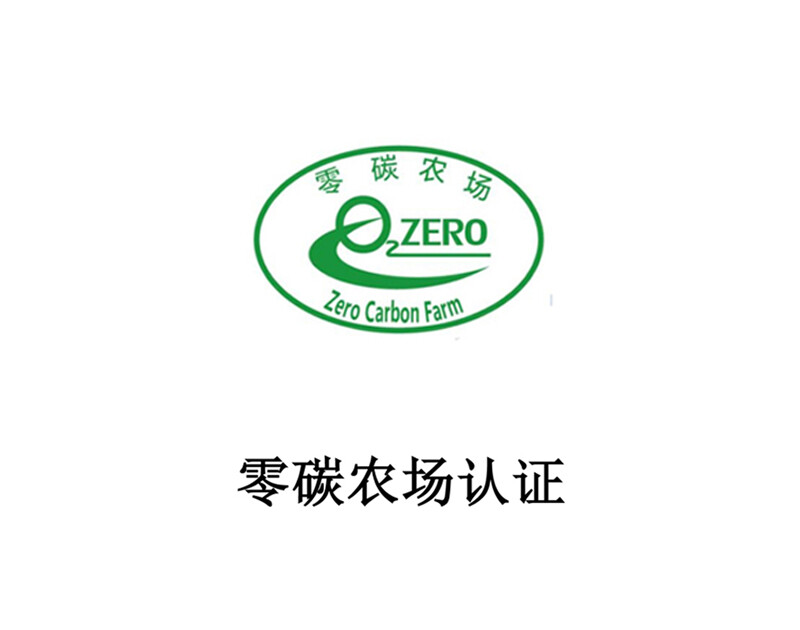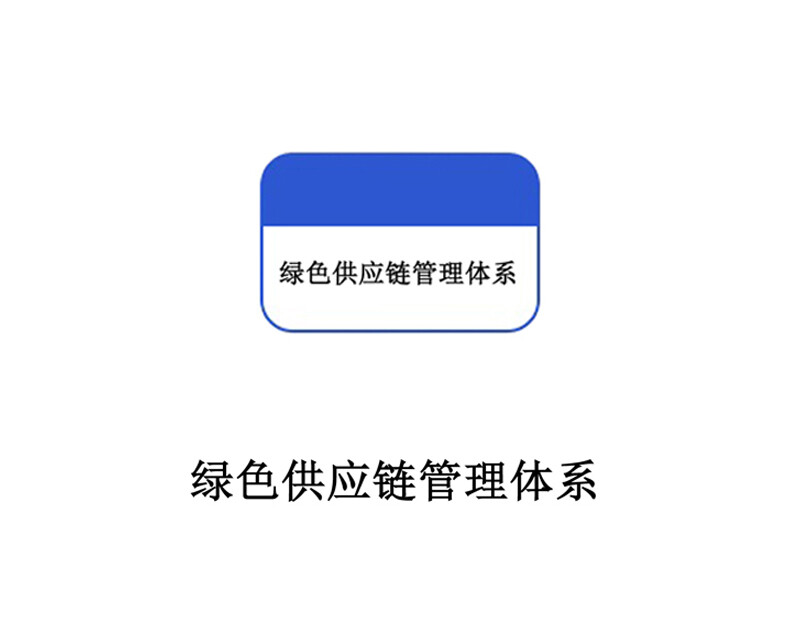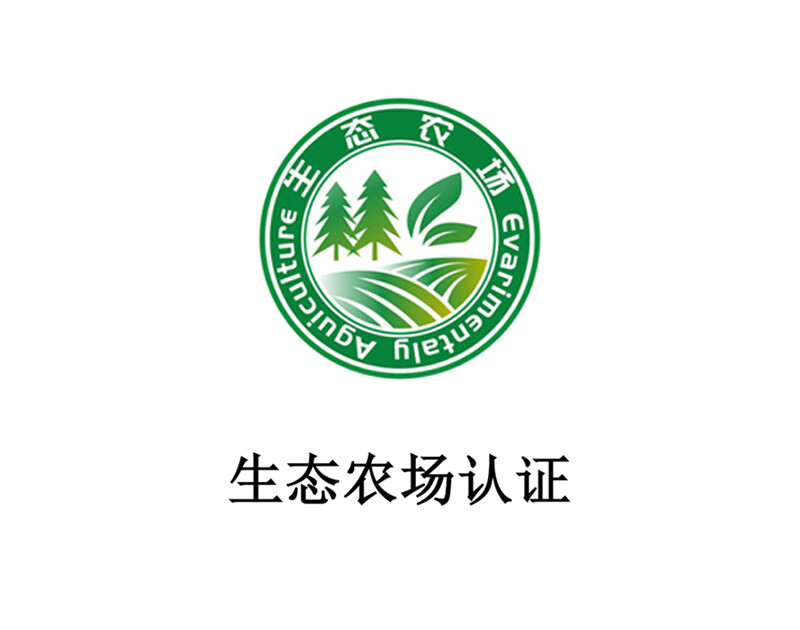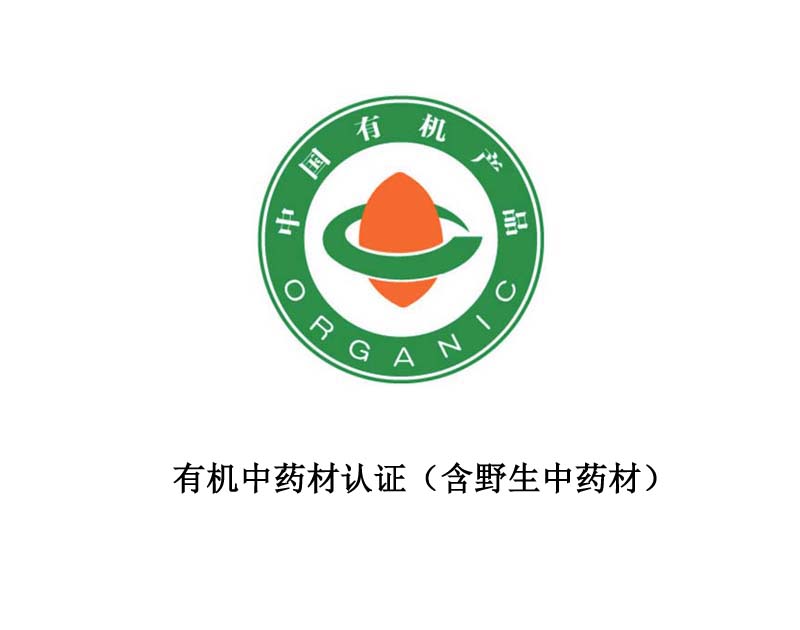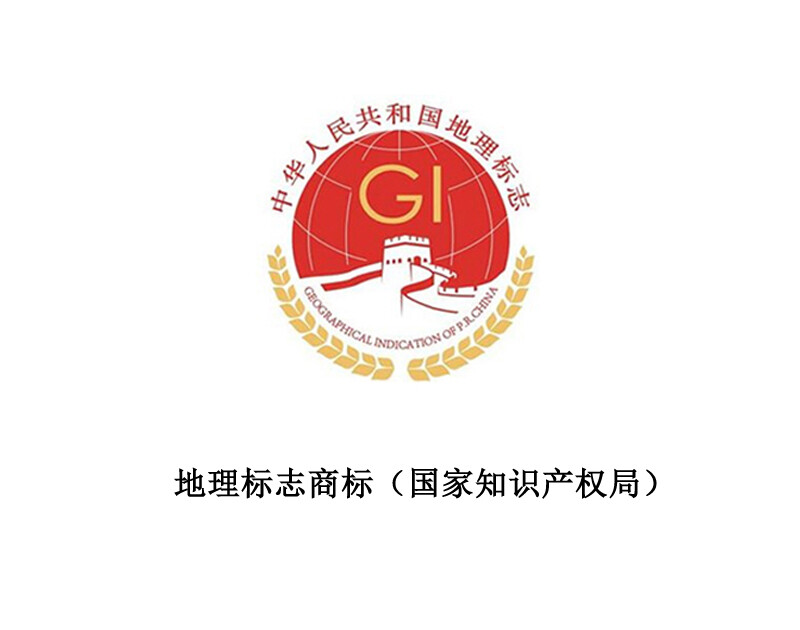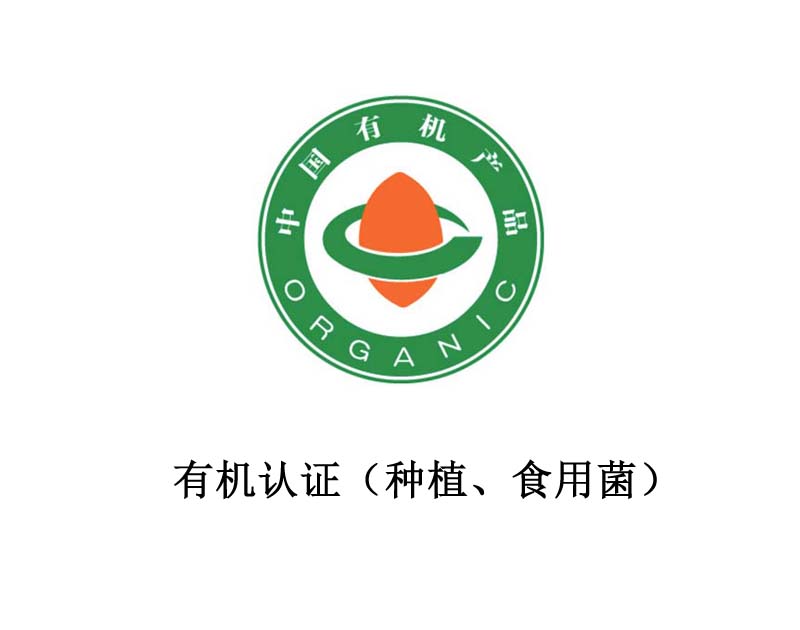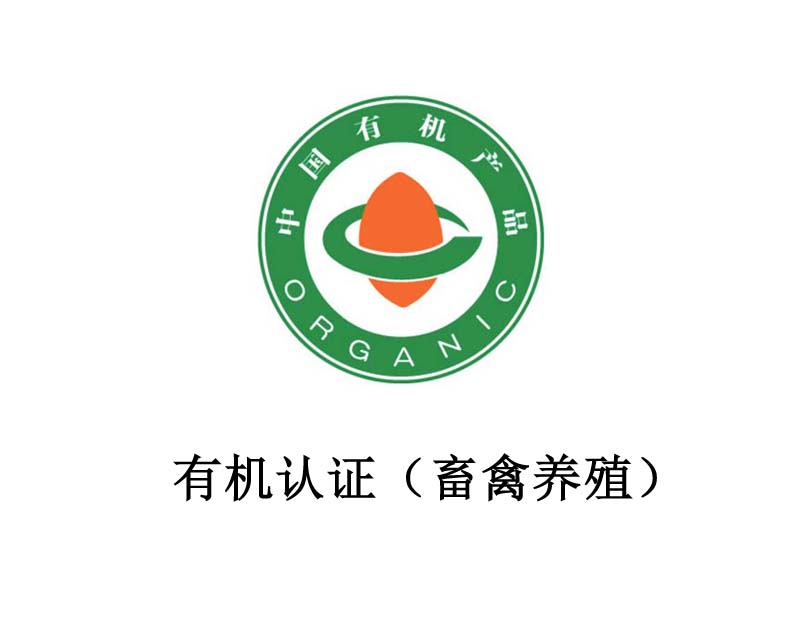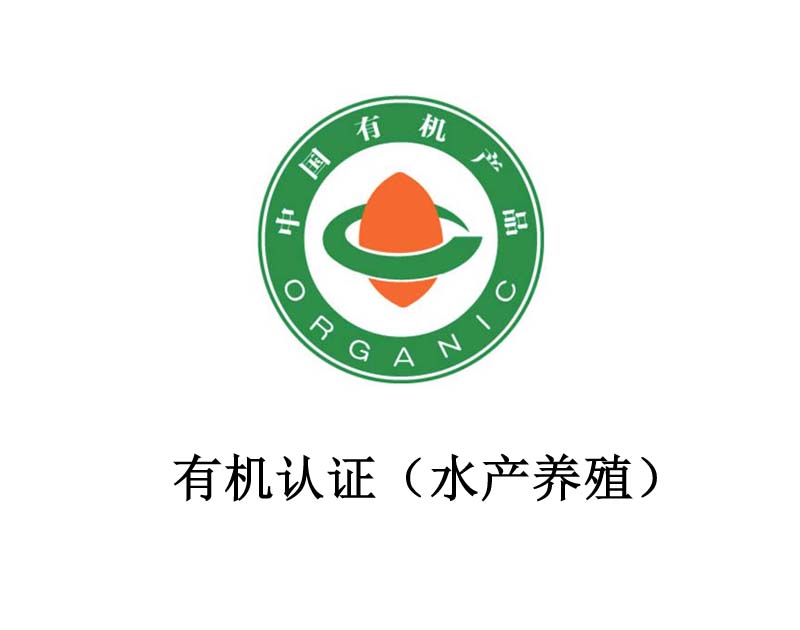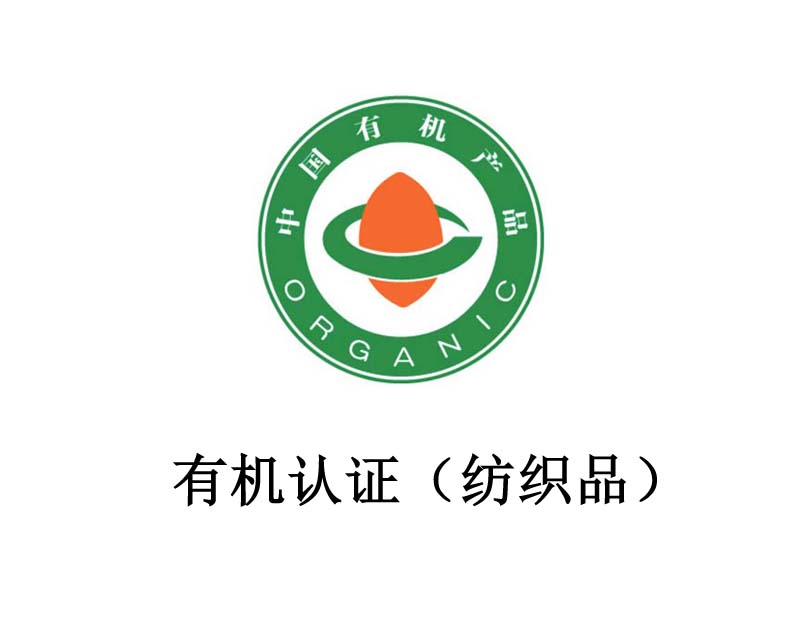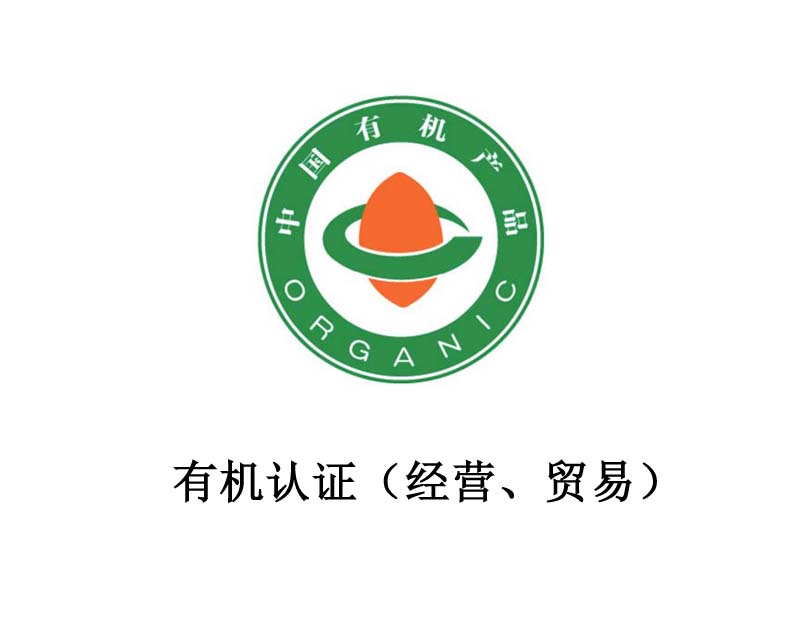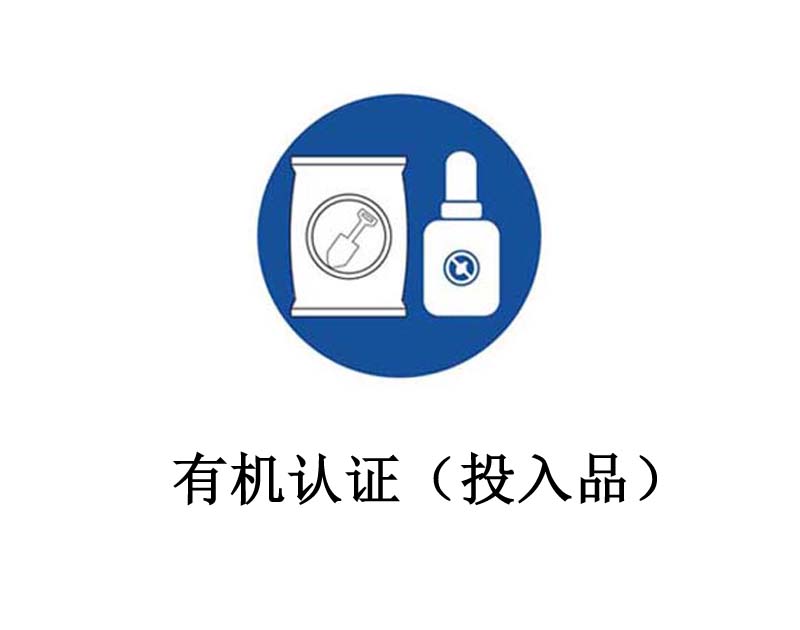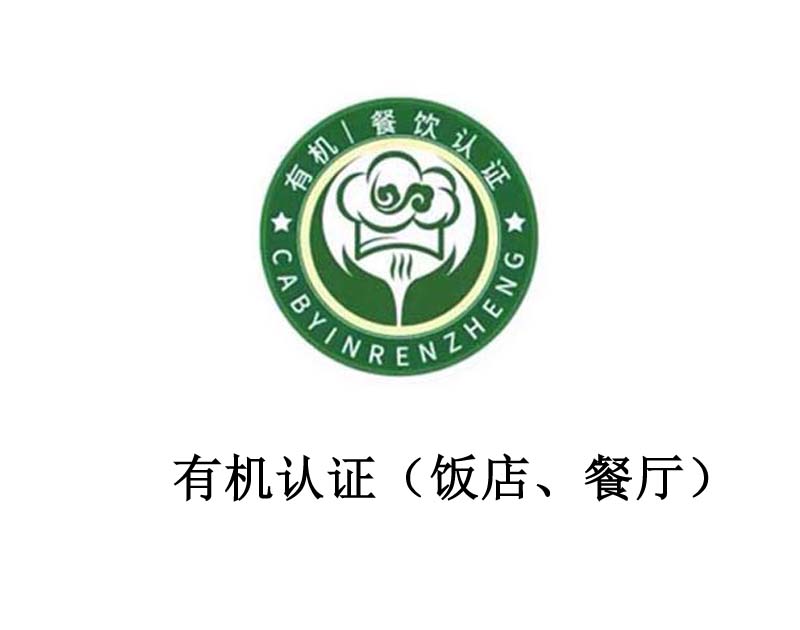Agricultural Product Food Certification Service Network
Technical Support: China Green Huaxing (Beijing) Agricultural Research Institute
Copyright: Guohuan Organic Agricultural Products (Dezhou) Co., Ltd
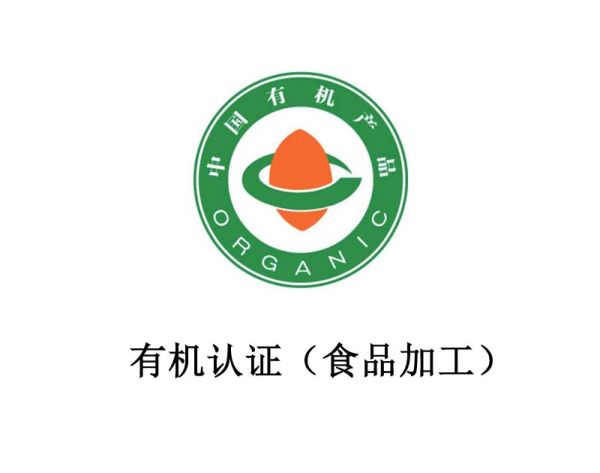
Organic Food:
Organic product: refers to products that are organically produced and processed for human consumption and animal food.
Basic requirements for organic processing projects:
1. The business license and production license must have been valid for at least 3 months; there must be proof of factory property rights, factory map, workshop layout map, and environmental impact assessment permit (if necessary).
3. There must be a drinking water quality test report and a measuring instrument calibration certificate.
4. Name list of heads of each department (must have health certificates).
6. Raw material requirements: ≥95% of the raw materials in the processing project should be certified organic. When organic raw materials are not available, no more than 5% of conventional raw materials can be purchased, and they do not contain genetically modified ingredients.
7. The use of additives, auxiliary agents and disinfectants shall comply with Appendix E of GB/T19630 Organic Product Standard.
8. Processing: Mechanical, freezing, heating, microwave, fumigation and other treatment methods and microbial fermentation processes are recommended; when using extraction, concentration, precipitation and filtration processes, the extraction solvent is limited to water, ethanol, animal and vegetable oils, vinegar, carbon dioxide, nitrogen or carboxylic acid, and other chemical reagents should not be added during the extraction and concentration process. Radiation sterilization is not allowed, and asbestos and other harmful substances filtering materials are not allowed.
9. Use food grade packaging materials and avoid overpackaging.
10. List of raw materials and purchase evidence, list of additives and disinfectants and purchase receipts.
[Preparation work before applying for organic certification] includes but is not limited to:
1. Establish a leadership team (organic product leadership team);
2. Learn to write 2 sets of documents (quality manual and operating procedures);
3. Conduct 1 test (if any): Processing water quality;
IV. List: 1) List of management personnel, 2) List of equipment, 3) List of ingredients, 4) List of laws and regulations applicable to the certification of this enterprise;
5. Establish and improve production archives:
1) Standards and operating technology training records;
2) Record files (including equipment cleaning records, pest control records, feeding records, processing records, inspection records, transportation records, sales records, logo use records, etc.);
3. Recall drills and product quality complaint records;
4) Internal inspection records and internal inspection reports;
